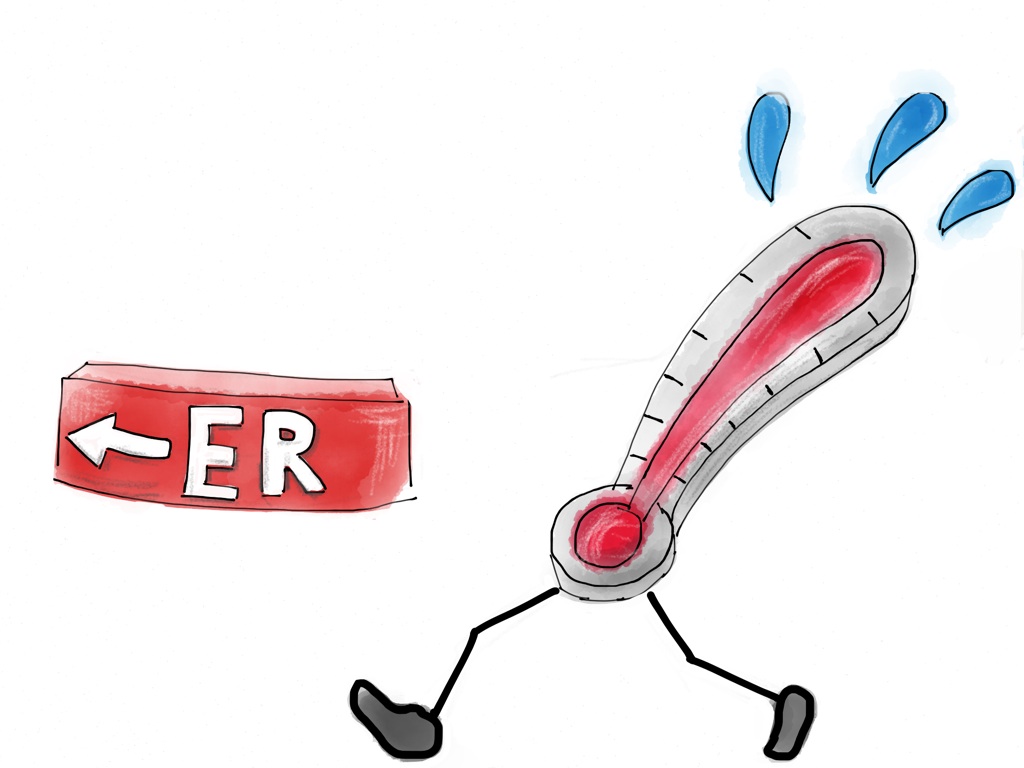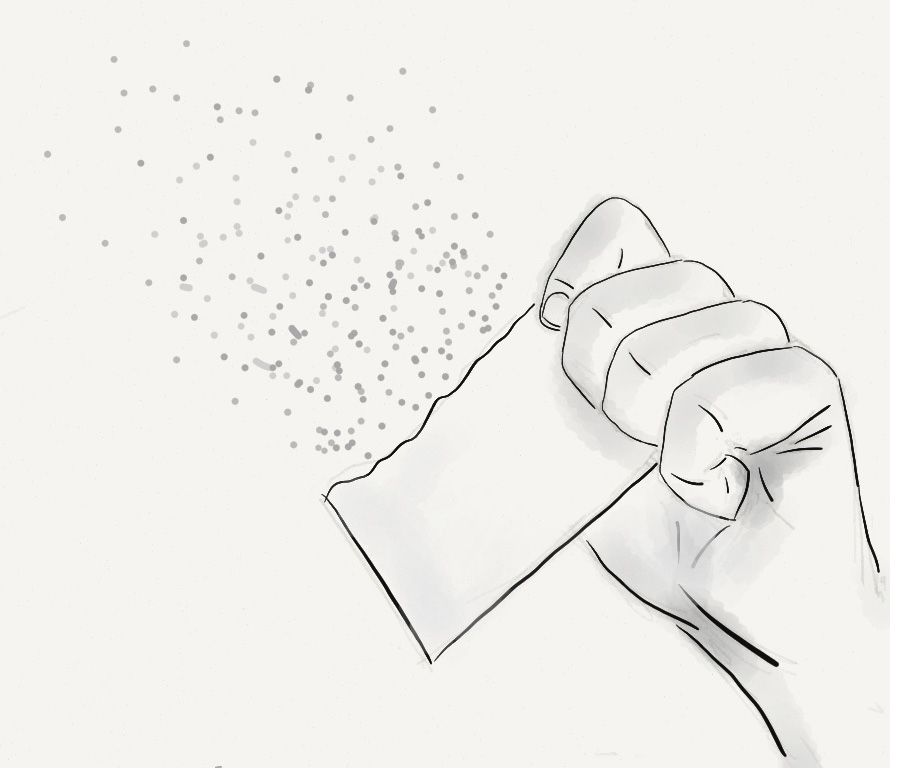Heat illness or heat-related illness is a spectrum of disorders due to environmental heat exposure. There are two major categories: minor heat illness
[heat edema, prickly heat, heat syncope, heat cramps, and heat exhaustion] and major syndromes [heat stroke].
Heat Cramps
- Involuntary, spasmodic contractions of skeletal muscles, usually of the calves, occasionally the thighs and shoulders.
- Self-limited, no significant morbidity, patient’s chief complaint will be pain.
- Due to relative deficiency of sodium, potassium, and fluid at a cellular level.
- Treat with fluids and salt replacement PO or IV.
- Complications: rarely rhabdomyolysis secondary to diffuse and protracted muscle spasm
- Prevented by maintaining adequate salt intake and drinking commercial electrolyte beverages.
Heat syncope
- Variant of postural hypotension resulting from the cumulative effect of relative volume depletion, peripheral vasodilatation, and decreased vasomotor tone.
- Occurs in nonacclimatized individuals during the early stages of heat exposure.
- Evaluation includes exclusion of metabolic, cardiovascular, and neurologic disorders that produce syncope.
- Treat with rest, removal from the heat source, PO or IV rehydration.
Heat Exhaustion
- Acute heat illness that reflects significant volume depletion and may or may not have an elevated core temperature.
- Symptoms: weakness, malaise, lightheadedness, fatigue, dizziness, nausea, vomiting, frontal headache, and myalgias.
- Clinical manifestations: orthostatic hypotension, sinus tachycardia, tachypnea, diaphoresis, and syncope, core temp can range from normal to 40°C.
- Mental status remains normal.
- Treat with volume, electrolyte replacement and rest.
- Complications: can progress to heat stroke.
Heat Stroke
- Core temperature higher than 40°C, CNS dysfunction, and anhidrosis.
- High mortality rate, multiple organ system involvement.
- CNS dysfunction can include: irritability, confusion, bizarre behavior, combativeness, hallucinations, seizures, or coma, ataxia.
- Neurologic abnormalities can include plantar responses, decorticate and decerebrate posturing, hemiplegia, seizure.
- Differential:
- NMS.
- Serotonin syndrome.
- Infections: sepsis, meningitis, encephalitis, tetanus, typhoid.
- Endocrine: DKA, thyroid storm.
- Neuro: status epilepticus, hemorrhage.
Treatment
| Technique | Advantages | Disadvantages |
| Evaporative | Simple Readily available Noninvasive Easy patient access Effective |
Shivering Difficult to maintain monitoring electrodes in position Can be messy |
| Immersion | Noninvasive Effective |
Shivering Cumbersome Logistically difficult to access Difficult to maintain monitoring electrode and temp probes |
| Ice packing | Noninvasive Readily available |
Shivering Poorly tolerated |
| Strategic ice packs | Noninvasive Readily available Can be combined with other techniques |
Shivering Poorly tolerated Medium efficiency |
| Cold gastric lavage | Available | Invasive Labor intensive Water intoxication May require airway protection Limited human experience |
| Cold peritoneal lavage | Theoretically beneficial | Invasive Limited human experience |


Contribute your thoughts.